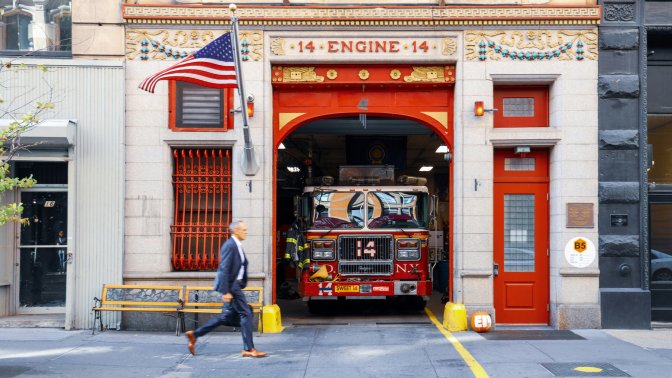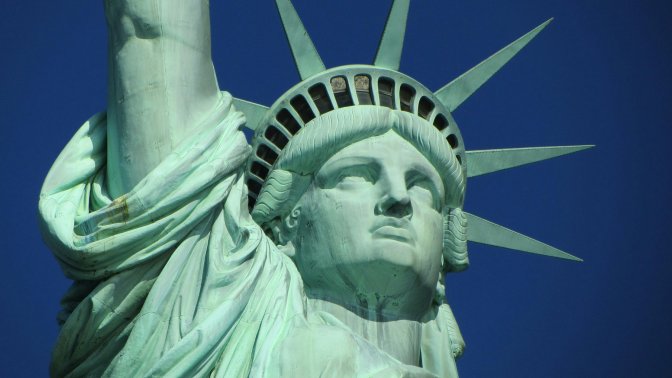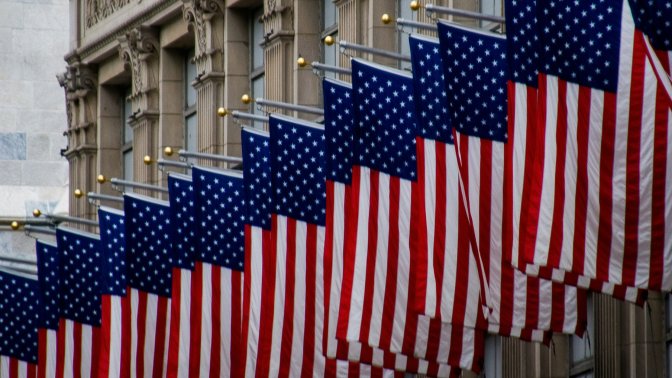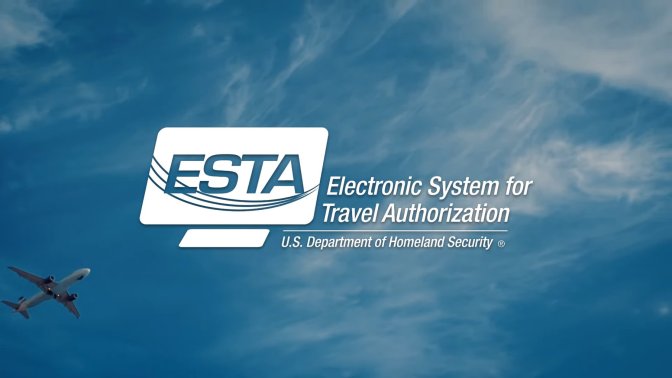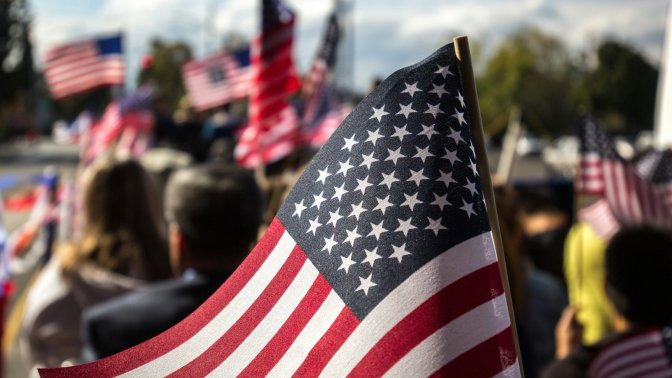A US visa refusal is a common but often preventable setback. Each year, numerous US visa applications are denied, usually due to issues that could be avoided.
This Anyvisa guide explains why US visas are refused, the common refusal reasons, and what steps you can take after a refusal.
What does US visa refusal/denial really mean?
A US visa refusal means that a consular officer decided your application does not meet the legal requirements for approval.
Refusals can happen at the US embassy or consulate during your visa interview. However, it doesn’t mean you’re banned forever; it just means something in your application or interview raised a red flag.
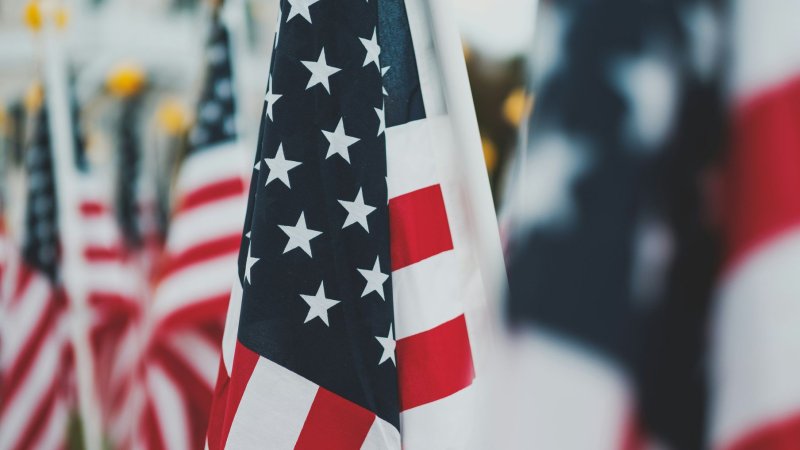
Common reasons for US visa refusal
If you understand what went wrong, it’s much easier to fix it for next time. Here are the most common reasons US visa refusals happen — especially for B1/B2 visitor (tourist) visas:
Reason for US visa refusal | What it means | How to avoid it |
Failure to prove non-immigrant intent (214b) | You didn’t show strong ties to your home country. The officer may think you plan to stay in the U.S. permanently. | Show proof of a stable job, property, family, or other commitments that will bring you back home. |
Insufficient financial resources | Your finances don’t clearly show that you can afford your trip. | Bring recent bank statements, payslips, or tax records to prove you can cover all expenses. |
Unclear or weak travel purpose | Your reason for travel wasn’t specific or convincing enough. | Be clear about your plans — meetings, tourism, or visiting family. Bring invitations or bookings. |
Incomplete or incorrect application | Your DS-160 form or interview answers had mistakes or missing info. | Double-check your details and keep your answers consistent and honest. |
Past visa or immigration violations (212a) | You overstayed a visa, worked illegally, or broke immigration rules before. | Be truthful about past issues and, if possible, consult a legal expert before reapplying. |
Misrepresentation or false documents | You gave false information or fake papers. This can lead to a permanent ban. | Always tell the truth and submit only genuine documents. |
Health or security grounds | You have a medical or security issue that makes you inadmissible under U.S. law. | Get medical or legal advice to check if you can apply for a waiver. |
What happens after a US visa denial?
You’ll usually get a paper slip explaining why your visa was refused and under which section of the law. Here’s what that means for you:
214(b): You can reapply whenever you want, but only if something has changed (like a new job or stronger financial situation).
221(g): It’s not a total refusal. You may just need to send extra documents or wait for background checks.
212(a): This means you are inadmissible under U.S. law (for criminal, medical, or immigration reasons). In some cases, you may apply for a waiver of ineligibility with legal assistance.
What you can do after a US visa refusal
If your US visa was refused, don’t panic — and don’t rush to reapply immediately.
Read the refusal notice carefully. It explains why your application was denied.
Do not reapply immediately. Unless your circumstances have changed.
Fix the issue before reapplying. For example, get new employment proof or update documents.
Be honest in your next interview. Consular officers can see all past applications.
Consider professional guidance.
5 tips to avoid US visa refusal
Provide complete and consistent information in your DS-160 form.
Bring original supporting documents to the interview.
Prepare to explain your travel purpose clearly and briefly.
Show genuine ties to your home country, such as job letters, property, or family responsibilities.
Remain calm and confident during the interview.
A US visa refusal does not mean you can never visit the United States.
Most refusals happen because the applicant fails to demonstrate strong home ties or provide clear evidence of intent.
By improving documentation and preparing carefully for the interview, you can succeed in future applications.


